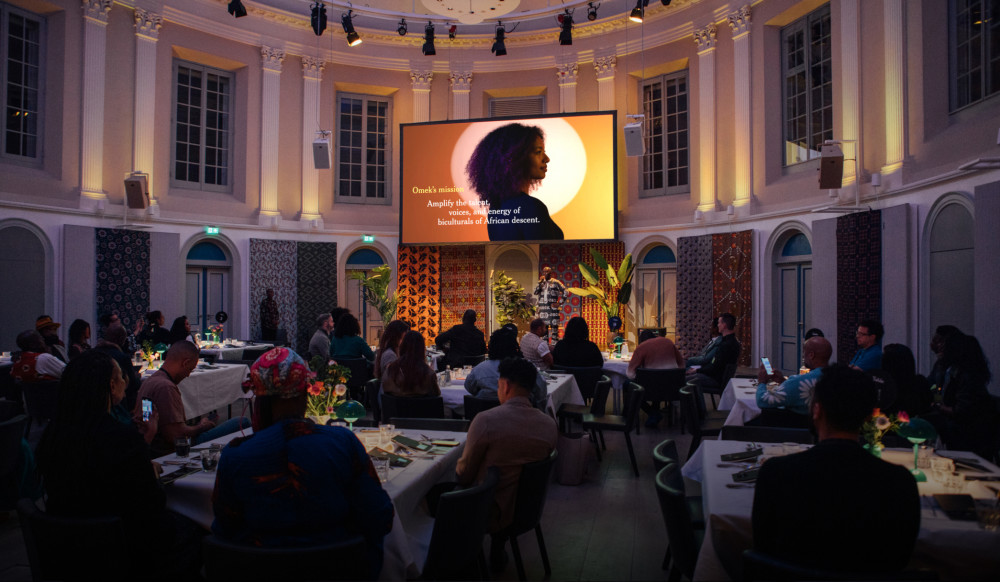
Starting a new role is a pivotal moment. The choices you make early on can set the tone for long-term success. Michael Watkins, in The First 90 Days, describes this early period as a transition window where smart choices can create lasting momentum. The first couple months are a prime opportunity to listen, learn, build authentic relationships, and deliver meaningful wins that earn trust.
For bicultural professionals, success often means bridging not just job expectations, but cultural expectations too. By bringing both your unique insights and professional acumen to the table, you can add value and perspective from the very start.
Days 1-30: Listen and diagnose
Your first responsibility is to listen. Look beyond the obvious, to what’s said and unsaid. Use your bicultural lens to notice subtle communication styles, power dynamics, and unspoken workplace norms that others might miss. Ask practical questions, such as:
- “What does your day look like?”
- “How did you work with my predecessor?”
At the same time, pay attention to how people frame their answers—what’s celebrated, what’s avoided, and what feels “sacred” within this group compared to roles you’ve held elsewhere.
Accelerate your learning by “diagnosing the status quo.” Your unique experiences can help you see invisible boundaries or bridges that others might overlook. Reflecting insights back to team members starts to build trust in new spaces.
Here’s a trick Meg Farquhar, Fractional CCO, shared recently, “If you repeat what someone said in your own words, they respect you more. Sounds simple, but it works. People already believe their thoughts are smart—and when they hear those same thoughts reflected back? Suddenly you seem smart too. I didn’t invent this. I’ve just used it—with a very reliable success rate.”
Days 31-60: Design a plan
Building alliances is both an art and a skill. Short, formal introductions with relevant stakeholders allow you to gently uncover unwritten rules. One way to think about this comes from Carla Harris, Vice Chairman at Morgan Stanley, who often distinguishes between “performance currency” and “relationship currency.” She explains that, “Performance currency gets you noticed, but relationship currency gets you promoted.”
For bicultural professionals, this framing is especially useful. Your performance currency comes from delivering early results. But your relationship currency—the trust, reciprocity, and credibility you build with colleagues—determines how far you can go. Both must be cultivated intentionally, and your bicultural lens can actually accelerate the latter by helping you read the room, build bridges across differences, and spot opportunities to support others’ success.
Invite dialogue by openly sharing your observations, while referencing your own experiences when relevant. Saying, “In my last team, which was more [X] culturally, we handled this by…” can build bridges and broaden perspectives. Respect and trust flourish when people see you acknowledging both the team’s existing values and your own lived experiences.
Days 61-90: Deliver early wins
Instead of rushing to implement sweeping changes, focus on identifying and acting on small, impactful wins that build your credibility and generate momentum. These early wins should be carefully chosen to align with organizational goals and address real pain points observed during your learning phase. For example, you might streamline a cumbersome process, solve an ongoing operational hiccup, or improve communication flows that have been causing delays. They don’t have to be dramatic, but they must demonstrate your care, awareness, and ability to create tangible value.
Embrace newness
Your bicultural lens isn’t just something you bring, it’s something that helps others see more clearly. Ask the questions that make work better. Share insights that help the team improve. Respect how things are done, but don’t be afraid to propose what might serve the work more effectively. As Simon Sinek notes, “Leadership is not about being in charge. It’s about taking care of those in your charge.” You can be a leader at every level.
At the end of the day, preparation doesn’t earn trust, action does. Use what you’ve learned in real time. Turn observation into movement. Every small step you take becomes part of how people experience you, not just as a new hire, but as someone who expands what’s possible.
Your first 90 days are your launchpad not only for professional success, but also for establishing what kind of cultural leader you aspire to be. Listen deeply to both voices and silences. Build relationships that honor differences and bridge perspectives. Score early wins rooted in cultural awareness. And use your bicultural lens to find unique ways to act with purpose and meaning. In a world where workplaces are more multicultural than ever, leading with bicultural insight helps everyone find their feet—together.


